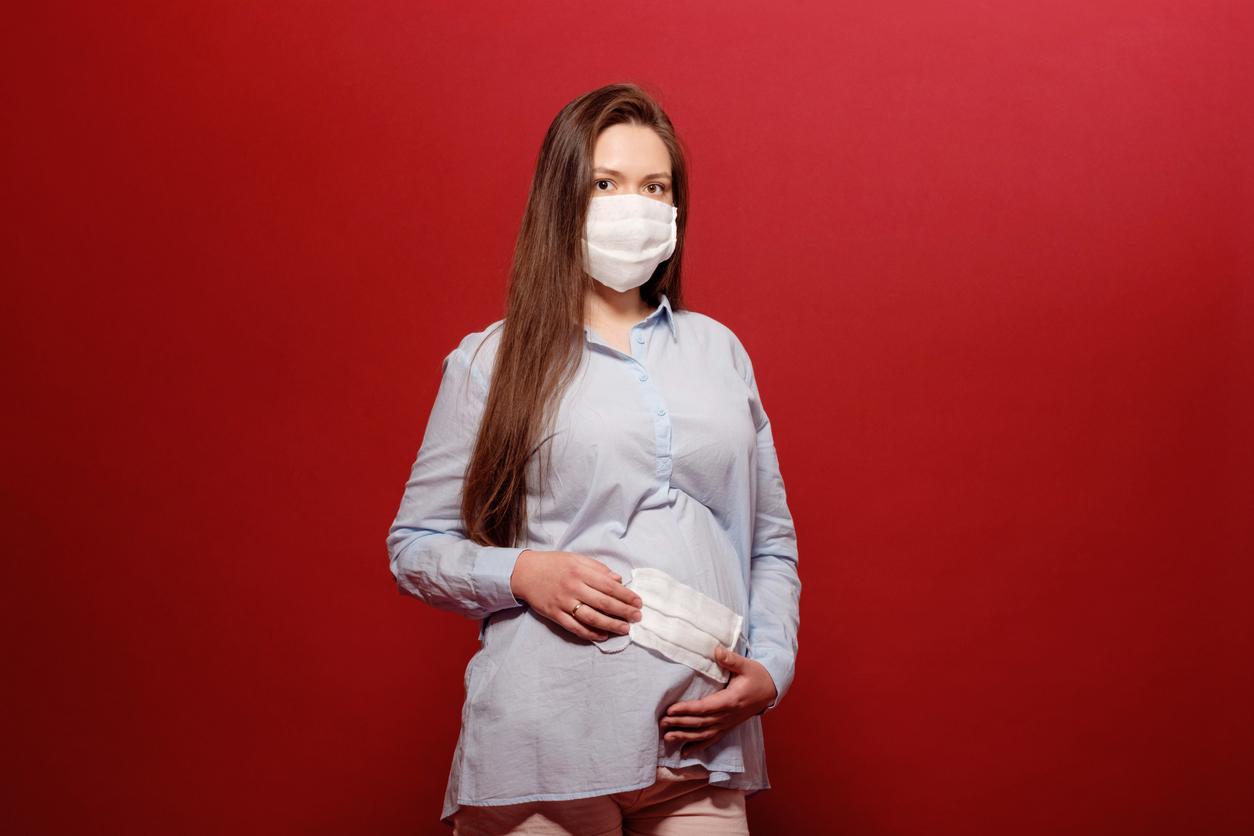The lungs are affected in people exposed to automobile pollution in their childhood.

Children are more sensitive to pollution. But to what extent could this alter their future life? A Swedish study by the Karolinska Institutet, published in the Journal of allergy and clinical immunology shows that it is the distal airways (bronchioles, alveoli) that suffer during infancy, and that in adolescence, exposed people have some breathing difficulties.
Researchers studied the lung exams of 2,400 children born between 1994 and 1996 in their first year and then at age 16. In their work, they integrated their place of life, and data on atmospheric pollution with nitrogen dioxide (NO2) from exhaust pipes.
The subjects of the study who had been exposed to automobile pollution very early, before one year, exhibited greater resistance – that is to say, difficulty in passing air through the lungs – at the level of the airways. distal aerials.
Each time nitrogen oxide pollution increased by 10 micrograms per cubic meter, resistance increased significantly, especially in boys, and in adolescents with asthma. As a reference, Airparif announces this Wednesday an NO2 pollution of between 55 and 80 µg / m³ in Paris. During pollution peaks, its concentration can exceed 300 µg / m³.
True for Stockholm, so worse elsewhere
“The lungs and airways are exposed to different air pollutants over the course of life, but because they are not fully mature at birth, babies are particularly susceptible to the harmful effects of pollution,” says Dr Erika Schultz of the Karolinska Institut and lead author of the study.
“More and more studies show the importance of the condition of the distal tract on the general health of the lungs,” she continues. What is worrying is that the effects of exposure in the first year of life appear to be long-lasting, although we do not know the full clinical implications. “
The study population resided in Stockholm, Sweden, which is far from the most polluted city. The trends, admittedly weak, nevertheless make the results all the more significant. The researchers responsible for the study believe that by applying their model to more polluted cities such as Chinese mega-cities, the observed effect could be much greater.
.















